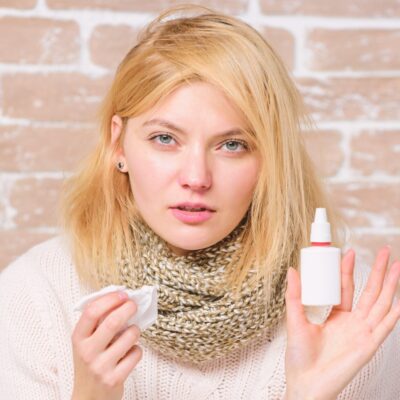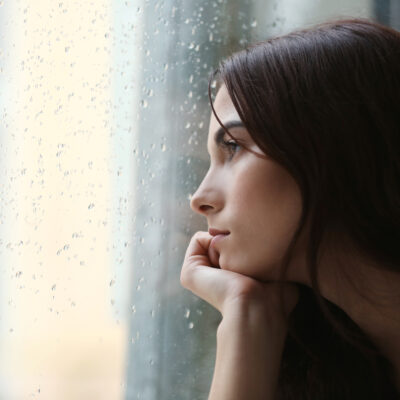
Health
6 Food Elimination For Eosinophilic Esophagitis
Eosinophilic esophagitis (EoE) is a chronic immune system disease that can cause inflammation in the esophagus. It is often treated with medications such as Dupixent, Dupilumab, proton pump inhibitors, and topical steroids. However, an equally important part of managing EoE is making dietary changes. Here are six foods to consider eliminating to help manage your EoE symptoms. 1. Dairy products Dairy is one of the most common triggers for EoE. This includes milk, cheese, yogurt, and butter. Eliminating dairy from your diet can help reduce inflammation and ease symptoms. Remember to check food labels for hidden dairy ingredients, such as casein and whey. 2. Wheat and gluten Wheat and other gluten-containing grains are another common trigger for EoE. Many people with EoE find relief from their symptoms by adopting a gluten-free diet. There are plenty of gluten-free alternatives available, making this dietary change more manageable. 3. Eggs Eggs are a common allergen and can trigger EoE symptoms in some individuals. If you suspect eggs may be causing your symptoms, try eliminating them from your diet and see if your symptoms improve. Be sure to check food labels, as eggs can be hidden in many processed foods. 4. Soy Soy is another food that can cause inflammation in individuals with EoE.
Read More 















